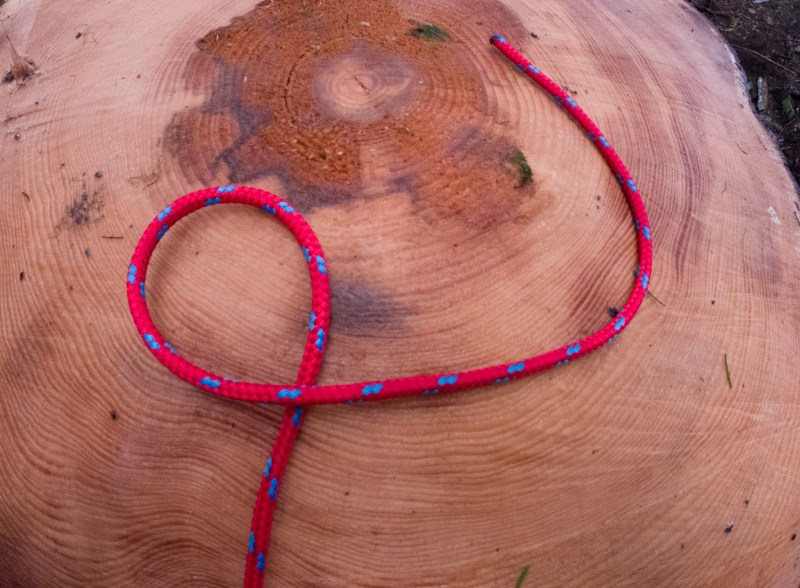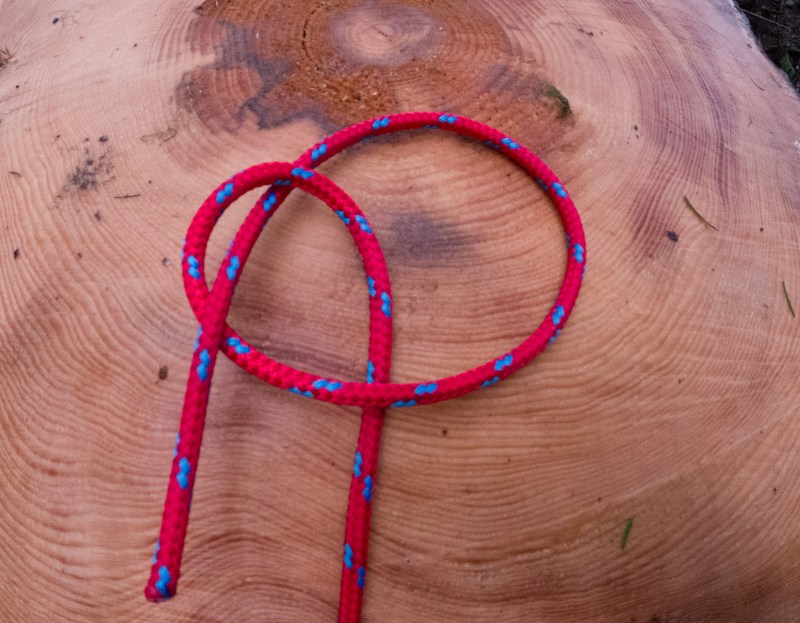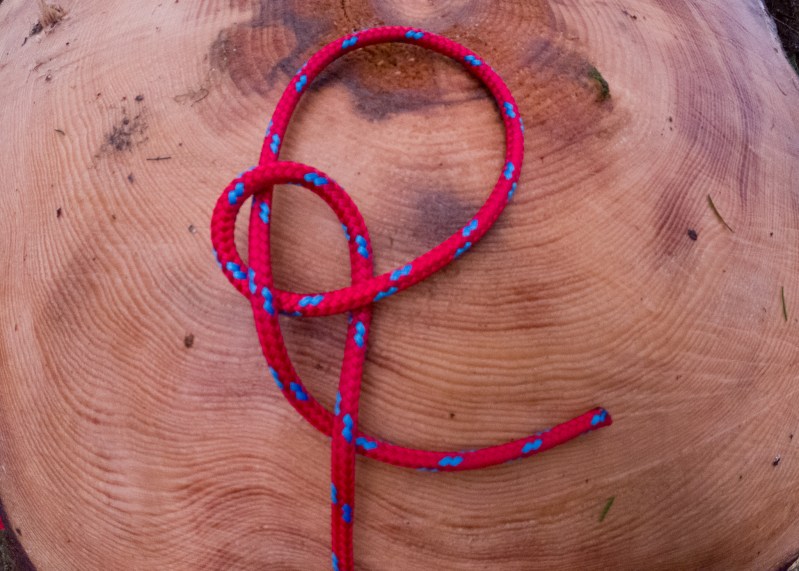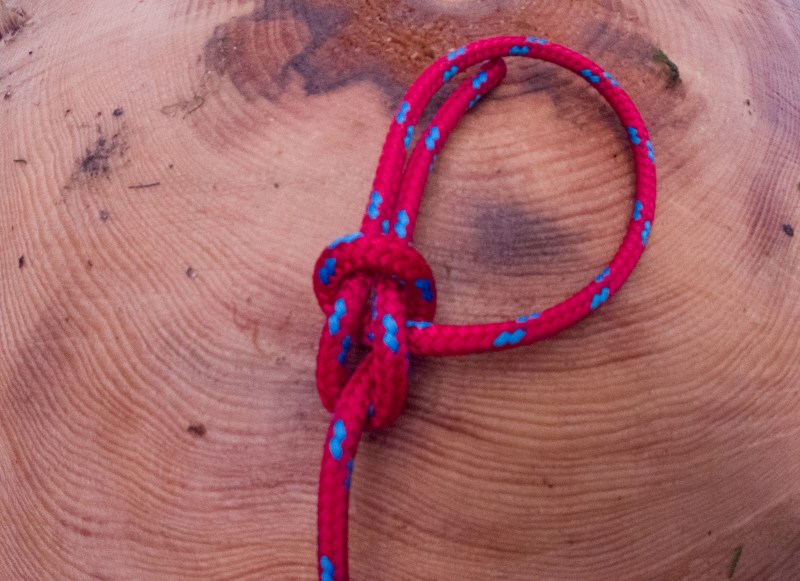Rightfully seen as the king of knots, knowing how to tie a bowline knot should be a part of every outdoorsman's knot repertoire. While it's quick to tie and can even be learned one-handed, the beauty of the bowline knot is that no matter what weight you put through it, you will always be able to untie it afterward. From hanging your hammock, making loops for tent stakes, and even anchoring a rope to a tree to create a handrail up a muddy embankment, the bowline can be used in any number of outdoor situations.
The bowline is a simple knot to tie but can be easy to get wrong. Anyone who has learned it — or grown up in the boy scouts — may remember a whole load of confusion around a rabbit, a tree, and a hole. While there are various styles of bowlines and many methods you can use to tie them, we've stuck with the standard bowline knot and laid out the most straightforward, easy-to-remember method to tie it. This knot can be either freestanding or around an object, though it is often easier to tie it around a chair leg or branch when you're learning. Grab yourself a length of rope and learn to tie a bowline, the king of knots.
How to tie a bowline knot
Step 1: Make a loop in your rope with the working end over the top of your standing end. This loop is what's referred to as the rabbit's hole.

Step 2: Pass the working end of the rope up through the loop — the rabbit comes up out of the hole.

Step 3: Lead the rope around the back of the standing line — the rabbit goes around the tree.

Step 4: Feed the working end back through the hole — the rabbit goes back into its hole.

Step 5: Dress the knot by pulling on all the two strands of rope that go through the loop, and the standing line, individually. Then pull all three individually to tighten your bowline.

Should you climb on a bowline knot?
The bowline was the go-to knot for rock climbers worldwide for many years when tying into their harness. More recently, though, it has been usurped by the double figure-eight knot, but why?
While the bowline has the major advantage that you can always untie it, even after it's been subjected to a heavy load, some drawbacks have caused climbers to move to the figure-eight. For a start, a bowline is only safe while under constant tension. When bounced, the knot can work its way loose and even untie. This means that the bowline has to be backed up with a stopper knot or tied as a Yosemite bowline, which involves an extra loop added around the knot. All of this adds in extra steps and the potential to tie your bowline incorrectly. Add to this the fact that many climbers see the bowline as being more difficult to recognize being tied incorrectly — when peer checking — and you have all the reasons for moving toward the figure-eight.
But does this mean that the bowline isn't safe? No, not at all. Plenty of climbers have been relying on the bowline for decades. If you're going to climb on it, though, be sure you know exactly what you're doing and be ready to justify why you don't want to use a figure-eight instead.
Practice the bowline until it becomes second nature, and you can recognize when it's tied incorrectly. While it's just one of many knots you will want to learn as an outdoorsman, the bowline knot is perhaps the most useful.




